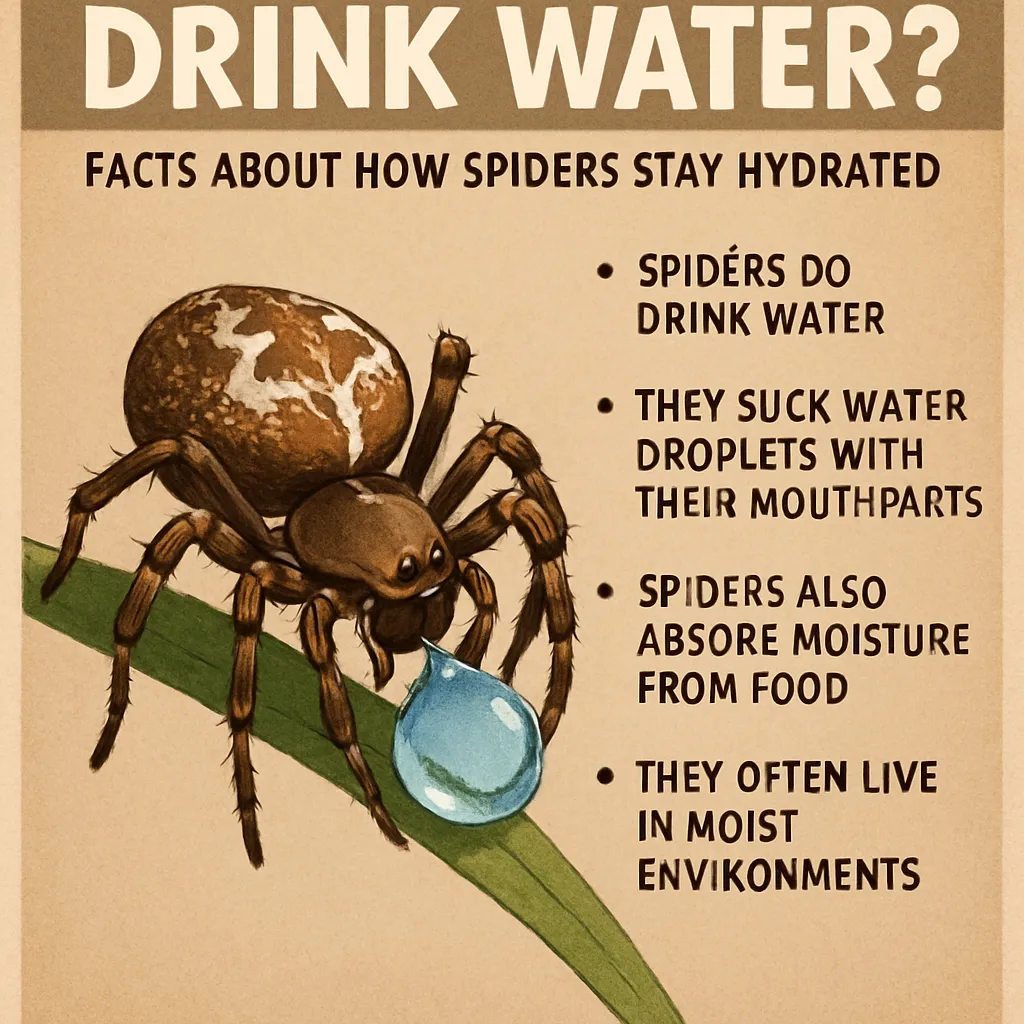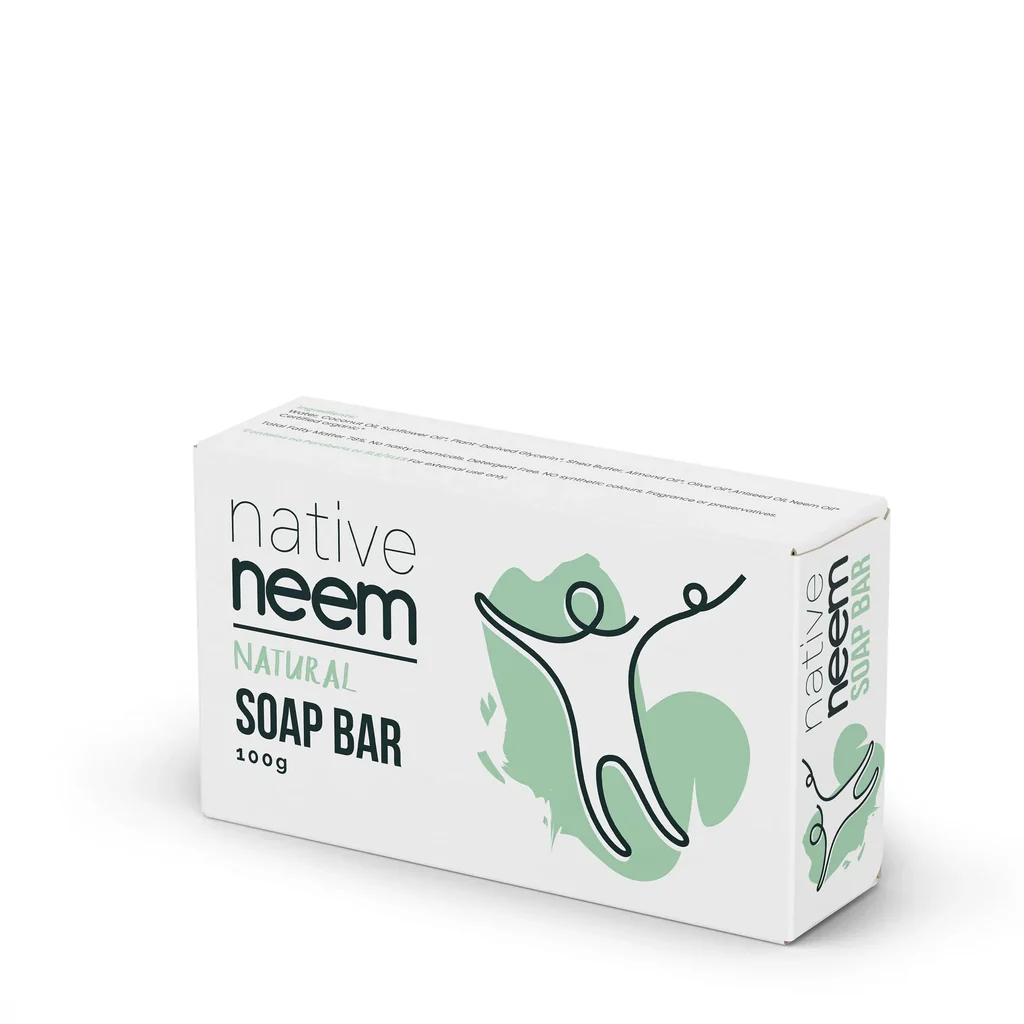When people think of spiders, hydration isn’t usually the first thing that comes to mind. We often imagine them spinning webs, crawling in corners, or hunting their prey. But like all living creatures, spiders need water to survive. So, the question is: do spiders drink water? The short answer is yes. Let’s explore the facts about how spiders stay hydrated, where they get their water, and why it matters for their survival.
Also Read: Jim’s Greek Tavern Menu: A True Taste of Greece in Melbourne
Do Spiders Really Drink Water?
Yes, spiders do drink water. While many assume these eight-legged creatures get all their moisture from their prey, they also drink free-standing water droplets. Spiders have small mouthparts, but they can sip on dew, rain droplets, or condensation on surfaces.
The structure of a spider’s mouth allows it to suck up fluids, much like a straw. When a spider finds a water droplet, it places its mouth against the surface and drinks the liquid slowly. This helps them regulate their bodily functions, digest prey, and survive during dry periods.
Where Do Spiders Get Their Water?
Spiders are very resourceful. They don’t need bowls of water like pets do. Instead, they find water in their environment through various natural sources, including:
- Dew drops on grass or leaves in the early morning
- Rain droplets or puddles after a shower
- Condensation on bathroom walls or windows
- Moisture from their prey, especially insects with fluid-rich bodies
Some spiders even drink from leaking pipes or wet corners in homes. That’s one reason why you may spot a spider in your bathroom or kitchen sink.
How Often Do Spiders Need Water?
The frequency of a spider’s water intake depends on several factors, including the species, environment, and climate. In humid environments, spiders can go longer without seeking additional water since they absorb moisture from the air and their prey. However, in dry or indoor settings, spiders may need to drink more often.
A typical house spider may drink once every few days, especially if it’s not catching much prey. On the other hand, desert spiders have adapted to survive long periods without direct water by conserving moisture.
Common Spider Habitats and Water Sources
| Spider Type | Typical Habitat | Primary Water Source |
|---|---|---|
| House Spider | Indoor corners, basements | Dew, sink condensation |
| Garden Spider | Bushes, gardens | Rain, dew on plants |
| Wolf Spider | Ground level, forests | Puddles, moist soil |
| Desert Spider | Arid climates | Fluid from prey, rare dew |
| Cellar Spider | Dark, damp basements | Wall moisture, leaky pipes |
Do All Spiders Drink the Same Way?
While most spiders drink in the same basic manner—by placing their mouth on water droplets—some species have developed unique hydration strategies. For instance:
- Jumping spiders are known to actively hunt and sometimes drink from droplets on leaves.
- Orb-weaving spiders may sip dew from their own webs in the morning.
- Trapdoor spiders, living in burrows, rely mostly on the fluids from prey and underground humidity.
These adaptations show how spiders have evolved to survive in various climates and situations.
What Happens If Spiders Don’t Get Enough Water?
Like all living organisms, dehydration can be fatal for spiders. If a spider cannot access water or catch prey containing moisture, its body will begin to shut down. Early signs of dehydration include:
- Sluggish movement
- Curled-up legs
- Less web production
- Hiding in unusually wet areas
In the wild, lack of water often means death. But in indoor environments, spiders usually manage to find water sources, which is why they survive longer than expected.
Can Spiders Live Off Prey Fluids Alone?
Many spiders extract body fluids from their prey. They do this by injecting digestive enzymes into the insect, breaking down its insides into a liquid. Then, the spider sucks out the fluid. This process gives them both nutrition and hydration.
For some spiders, especially those in dry environments, this method may provide enough water to survive. However, free water sources still play a role, especially during hot or dry seasons when prey is scarce.
Interesting Fact: Spiders and Rainwater
Spiders are surprisingly good at using rainwater. After rainfall, you may see spiders drinking droplets from their web or nearby plants. Some species even position their webs to collect water droplets. This behavior not only keeps them hydrated but also ensures their webs remain strong and functional.
Myth: Spiders Don’t Drink Water
A common myth suggests that spiders don’t drink water at all. This belief likely comes from their secretive nature and the fact that they don’t drink in the open like pets. However, science and observation prove that spiders do drink water, and it’s a vital part of their survival.
Can You Help Spiders Stay Hydrated?
If you’re not afraid of spiders and want to help them, you can place small water droplets in corners or on leaves inside a terrarium. This is especially helpful for pet spiders or tarantulas. But for wild spiders, simply letting your bathroom stay a bit humid is enough for them to find moisture.
Just be cautious—don’t leave open containers of water near small spiders, as they could drown. A small misting or drop on a surface is usually sufficient.
Conclusion
So, do spiders really drink water? Yes, absolutely. They find clever ways to stay hydrated through droplets, prey fluids, and environmental moisture. Whether they’re in your garden, bathroom, or desert landscape, spiders have evolved strategies to get the water they need. Understanding this hidden aspect of spider life reveals how intricate and adaptive these tiny creatures truly are.



